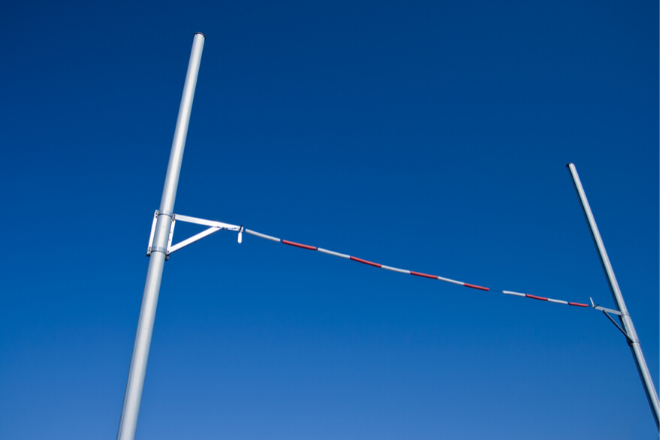|
Article by Tara Kosowski
To protect students in their care, independent schools need to both develop a strong abuse prevention policy and prioritize steps that will establish or improve a culture of safety. A crucial foundation for addressing these issues is having a clear set of behavioral standards.
Boundary violations can result when there is confusion between the needs of students and teachers. “Almost all boundary crossing that creates a relationship outside the mentor-student relationship is an exploitation of that student,” said Charol Shakeshaft, educational researcher and professor at Virginia Commonwealth University.
Recognizing Patterns
Signs of inappropriate behavior can be subtle, but some behavioral indicators can alert colleagues to potential boundary issues. Employees who display repeated or multiple alarming behaviors should be reported for possible boundary crossings.
Shakeshaft offered this example: a teacher sends a note excusing a student from class and requests that the student come to their office to work on a project. This behavior continues; the student is often late to class and seen with the teacher. The school should treat that pattern as a clear violation of expected professional boundaries and school policies.
Abuse prevention policies help school leaders identify red-flags where faculty-student interactions are no longer appropriate and provide steps for reporting, investigating and addressing allegations of boundary-crossing. In addition, a behavioral code of conduct can help clarify the school’s expectations for what professional behavior looks like. Keep those expectations clear, available and transparent to all members of the school community.
It is always the responsibility of the faculty and staff — the adults in the school — to set the boundaries with students. Faculty and staff training should address how to demonstrate support to students within acceptable boundaries. In a tight knit independent school community, where teachers often step into more individualized mentorship positions, this is especially important.
It is always the responsibility of the faculty and staff — the adults in the school — to set the boundaries with students.
“Students need to understand that the adults who work in schools have professional responsibilities and boundaries that preclude them from doing certain things,” said Shakeshaft.
Reporting and Follow-Through
Even when behavioral standards are in place and accepted by the community, it is critical that schools have clear reporting policies and are prepared to have challenging conversations when boundary crossing behavior occurs. Shakeshaft urges school leaders to continually check in with faculty and staff to ensure everyone understands the schools’ expectations for appropriate interactions. These conversations can also help normalize the reporting process. “If I know what’s acceptable and my colleagues know what’s acceptable, they’ll be more confident,” speaking up when they see unacceptable behavior, she explained.
While it is everyone’s responsibility to maintain and promote a culture of safety, “it’s crucial that independent school leaders set the tone.” Importantly, school leaders need to be prepared to recognize and deal with repeated transgressions by any employee of the school.
“Oftentimes, what I see is that supervisors will see a person has crossed a boundary and will say something to them, but never check up on them again to see if they’re following the prohibitions of that discussion,” said Shakeshaft. If an employee who received a warning continues to engage in inappropriate behaviors, the school must treat it as a major transgression.
When behaviors indicating abuse are observed by school administrators who do not then report those behaviors, that gives students the message that the behaviors are acceptable.
Setting Expectations
Without clear guidance and training, school employees are less likely to report boundary crossing behavior, potentially compromising the experience of students. “Students give adults in the school a lot of credit, which we sometimes don’t deserve, to do something about irregular behavior,” Shakeshaft said. When behaviors indicating abuse are observed by school administrators who do not then report those behaviors, that gives students the message that the behaviors are acceptable.
Continuous training and clarity in these areas can create opportunities to discuss basic boundary guidance with the broader school community. Schools can start by training students on healthy boundaries with each other, Shakeshaft advised. After that, “It’s a whole community investment in understanding what boundaries are,” she added.
Shakeshaft will co-present a Senior Leaders Seminar, “Sexual Abuse Prevention Initiatives and Creating a Culture of Safety,” on Sunday, February 23 in Orlando, immediately before the 2020 NBOA Annual Meeting. Registration for the Seminar is separate from the Annual Meeting registration, and Annual Meeting registration is not required to participate in the Seminar.



